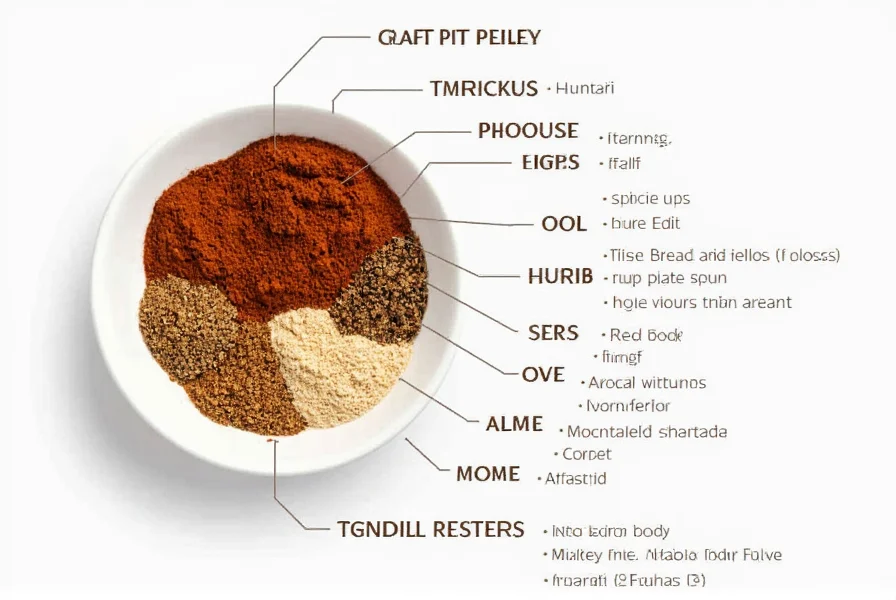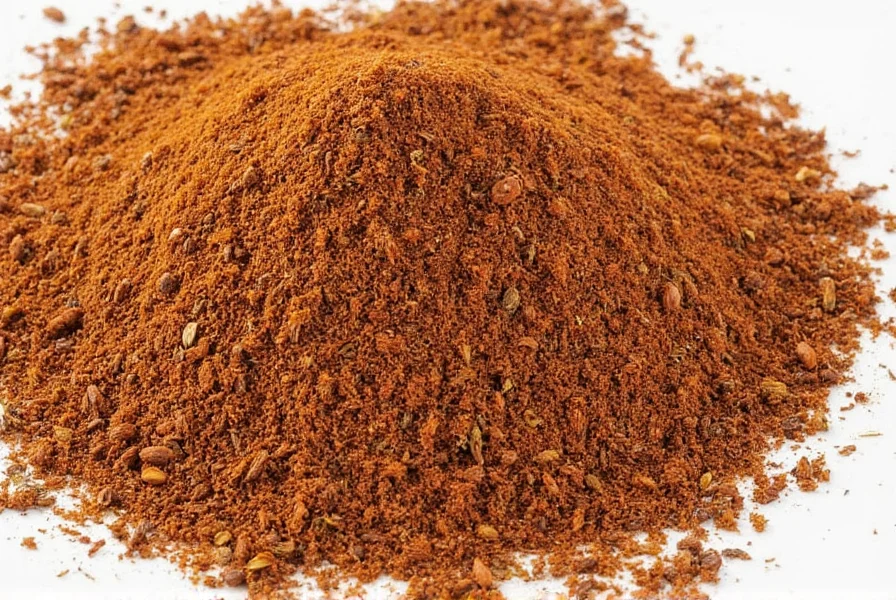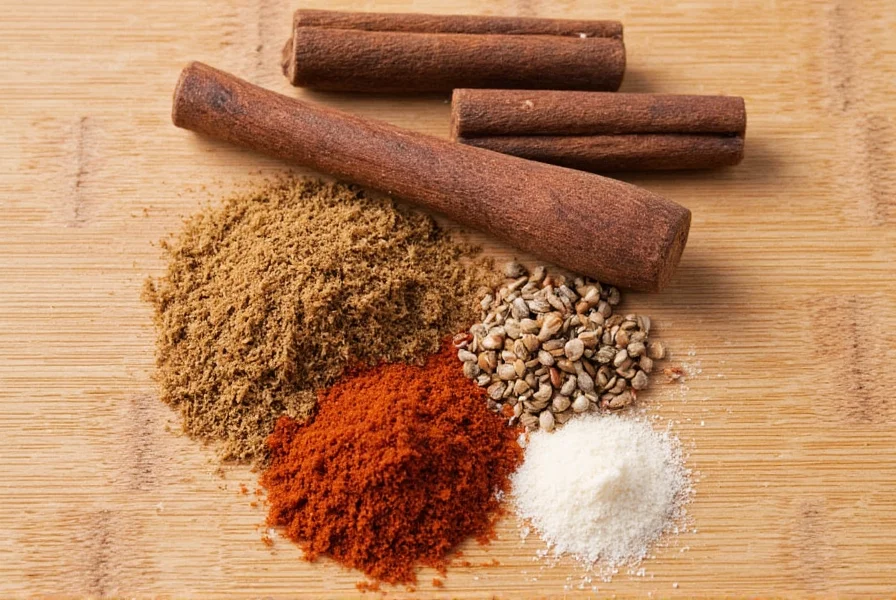Many home cooks mistakenly believe allspice is a pre-mixed combination of spices due to its name. This common misconception stems from the complex flavor profile that seems to contain multiple spices. Understanding what ingredients are in allspice clears up this culinary confusion once and for all.
The True Nature of Allspice Ingredients
Allspice, scientifically known as Pimenta dioica, comes exclusively from the dried berries of an evergreen tree native to the Greater Antilles, southern Mexico, and Central America. When these small berries are harvested unripe and sun-dried, they transform from green to brown and develop their characteristic aroma.
The reason allspice got its misleading name dates back to early English explorers in Jamaica. They noticed its flavor contained notes reminiscent of several spices they knew—primarily cinnamon, cloves, and nutmeg—so they dubbed it "all-spice." This historical naming convention has caused confusion for centuries about what ingredients are in allspice.
| Characteristic | Allspice Facts |
|---|---|
| Botanical Name | Pimenta dioica |
| Origin | Jamaica, Central America, Greater Antilles |
| Form | Dried unripe berries |
| Flavor Profile | Natural combination of cinnamon, clove, and nutmeg notes |
| Common Misconception | Believed to be a spice blend |
Why Allspice Tastes Like Multiple Spices
The chemical composition of allspice explains its complex flavor. Eugenol (also found in cloves) provides the spicy warmth, while caryophyllene (present in black pepper and cannabis) contributes earthy notes. These natural compounds work together to create what many describe as the perfect spice harmony.
When exploring what ingredients are in allspice, it's important to note that authentic allspice contains no additional components. Pure allspice should list only "pimento berries" or "allspice berries" in its ingredients. Any product claiming to be allspice but listing multiple spices is actually a spice blend mislabeled as allspice.

Culinary Applications of Genuine Allspice
Chefs worldwide value allspice for its versatility across both sweet and savory dishes. In Caribbean cuisine, it's essential for jerk seasoning and pickling. Middle Eastern recipes use it in meat dishes and rice preparations. Baking applications include gingerbread, pumpkin pie, and fruit compotes.
When substituting allspice in recipes, understanding what ingredients are in allspice helps create accurate replacements. A common substitute combines equal parts cinnamon, nutmeg, and cloves, but this blend lacks the nuanced complexity of genuine allspice berries.
Proper Storage for Maximum Flavor
To preserve the volatile oils that give allspice its distinctive aroma, store it in an airtight container away from light and heat. Whole berries retain their potency for 2-3 years, while ground allspice maintains quality for about 6-12 months. For the most vibrant flavor in your dishes, consider grinding whole allspice berries as needed using a dedicated spice grinder.

Identifying Quality Allspice Products
When purchasing allspice, look for products that specify they contain only Pimenta dioica berries. High-quality allspice should have a warm, sweet aroma with distinct notes of clove and cinnamon. The berries should be uniform in size and dark brown in color without signs of moisture or mold.
Be wary of products labeled "allspice" that list multiple ingredients. These are not authentic allspice but rather spice blends that may contain cinnamon, nutmeg, cloves, and other components. Understanding what ingredients are in allspice helps you make informed choices at the grocery store.
Frequently Asked Questions About Allspice
Is allspice really a blend of spices?
No, authentic allspice contains only one ingredient: the dried berries of the Pimenta dioica plant. Despite its name suggesting a mixture, allspice naturally combines flavors reminiscent of cinnamon, cloves, and nutmeg in a single spice.
What gives allspice its complex flavor if it's just one spice?
Allspice contains natural chemical compounds including eugenol (also found in cloves), caryophyllene (present in black pepper), and other volatile oils that create its distinctive flavor profile resembling multiple spices.
Can I substitute allspice with a blend of other spices?
Yes, you can create a substitute by combining equal parts cinnamon, nutmeg, and cloves. However, this blend won't perfectly replicate authentic allspice, which has a more complex and balanced flavor profile due to its natural chemical composition.
How can I tell if my allspice is pure and not a blend?
Check the ingredient list. Pure allspice should list only "pimento berries," "allspice berries," or "Pimenta dioica." If the label lists multiple spices like cinnamon, cloves, or nutmeg, it's actually a spice blend mislabeled as allspice.
What's the difference between whole allspice berries and ground allspice?
Whole allspice berries retain their flavor and potency longer than ground allspice. Whole berries can stay fresh for 2-3 years when properly stored, while ground allspice maintains quality for 6-12 months. For maximum flavor, grind whole berries as needed for your recipes.











 浙公网安备
33010002000092号
浙公网安备
33010002000092号 浙B2-20120091-4
浙B2-20120091-4